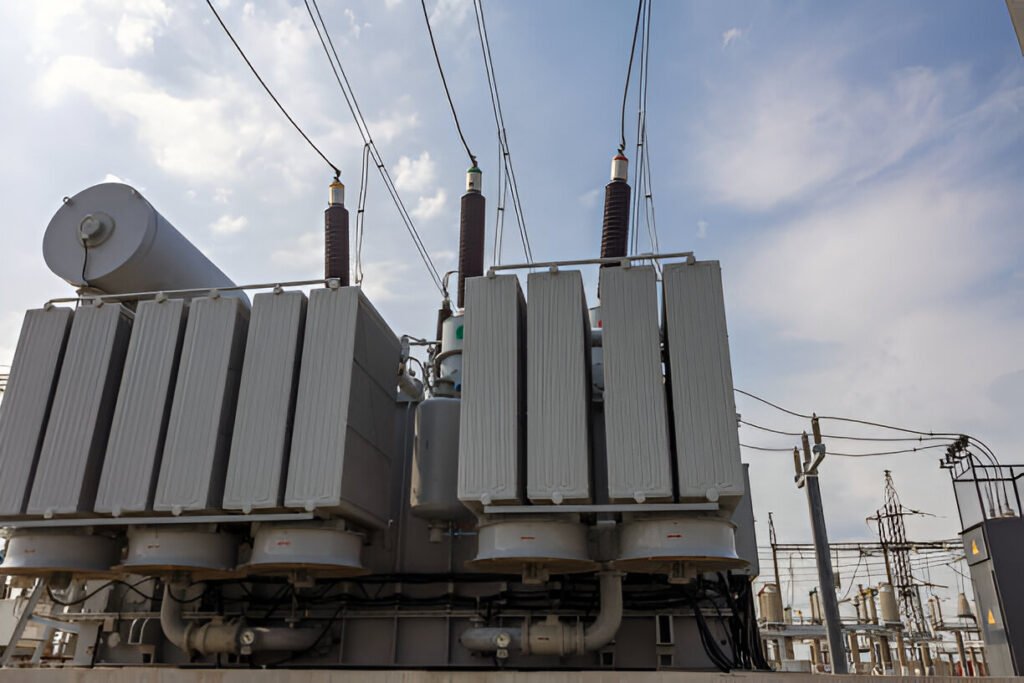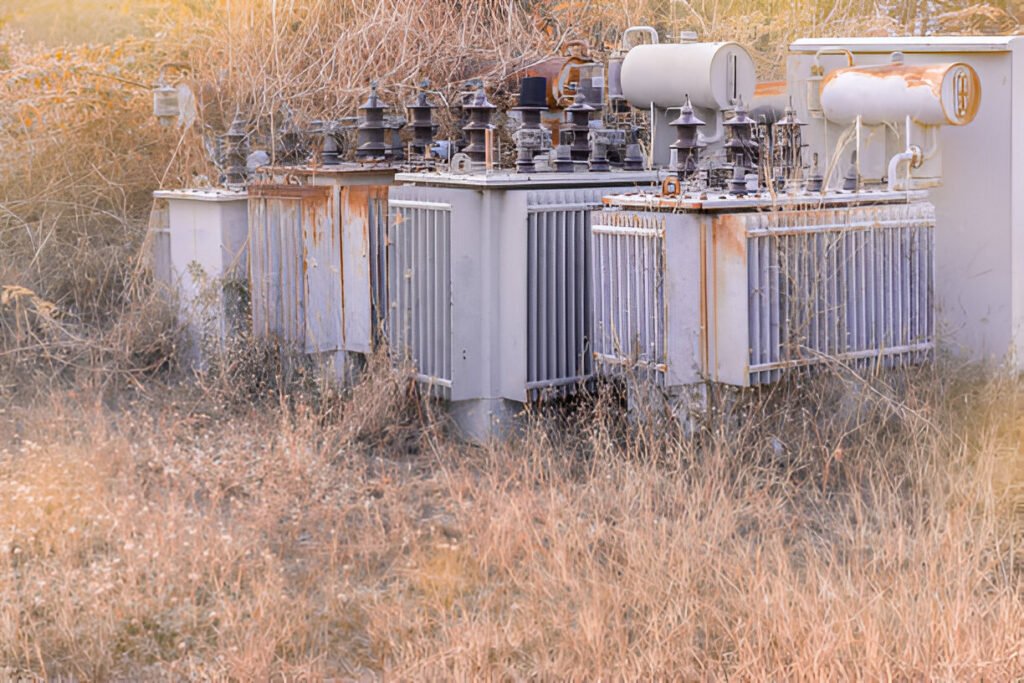What Are the Failure of Distribution Transformers
Distribution transformers can fail due to overloading, insulation breakdown, lightning strikes, or manufacturing defects.

Dry-type transformers offer both advantages and disadvantages compared to their liquid-filled counterparts. Key benefits include enhanced safety, environmental friendliness, and easier installation and maintenance. However, they come with higher initial costs, lower kVA ratings, and occupy more space.

Dry-type transformers offer enhanced safety compared to oil-filled models due to the absence of flammable liquid insulation. They eliminate combustible oils, reducing fire risks and making them suitable for indoor installations in high-occupancy buildings or areas with valuable assets.
These transformers eliminate hazardous liquids, preventing soil and water contamination from leaks or spills. This feature reduces environmental impact and simplifies compliance with regulations.
Maintenance of dry-type transformers is minimal. No oil changes or filtration are required, eliminating leak risks and frequent inspections. The solid insulation used in these transformers lasts for decades without degradation.
Their design eliminates liquid insulation, reducing susceptibility to moisture-related problems. This feature enables operation in high-humidity environments without compromising performance or safety.
Coastal areas, tropical climates, and industrial settings benefit from dry-type transformers’ resilience against moisture. Solid insulation materials, typically epoxy resin or similar compounds, form a barrier against moisture ingress.
Dry-type transformers offer superior efficiency compared to oil-filled models, reducing energy losses during operation. These transformers exhibit lower core and winding losses, resulting in improved overall efficiency and reduced energy costs over time.

Dry-type transformers cost more upfront than liquid-filled models. The higher initial price stems from specialized materials and manufacturing processes. These transformers use advanced insulation and cooling systems to operate without liquid coolants. Larger cores and windings compensate for less efficient heat dissipation, increasing overall costs.
Dry type transformers have lower kVA ratings compared to liquid-filled transformers. The maximum rating for dry-type units typically reaches 35 MVA, while liquid-filled transformers can achieve ratings up to 1,000 MVA. This limitation restricts the use of dry-type transformers in high-power applications like large industrial facilities and utility substations.
Overload capacity is another area where dry-type transformers fall short. Liquid-filled transformers can handle temporary overloads due to their superior cooling properties. Dry-type transformers, however, have limited heat dissipation capabilities. This constraint prevents them from safely managing sudden power demand spikes or extended periods of operation above their rated capacity.
Dry-type transformers occupy more space than liquid-filled models with equivalent ratings. This size increase stems from the need for larger cooling surfaces and air circulation to dissipate heat effectively. Without liquid insulation, these transformers rely on natural air convection or forced air cooling systems, resulting in bulkier designs.
Dry-type transformers generate more noise and vibration than liquid-filled models. The absence of insulating liquid allows sound waves to propagate freely through exposed cores and windings.
The noise produced by dry-type transformers can exceed acceptable levels in certain settings. Additional soundproofing measures may be necessary, adding to installation costs. Typical noise levels for dry-type transformers range from 60 to 80 decibels.
Vibration in dry-type transformers occurs primarily at twice the power frequency (e.g., 120 Hz for 60 Hz systems). This vibration can cause mechanical stress on windings and core laminations, potentially leading to insulation degradation over time.
Dry-type transformers have a lifespan of 20-30 years, compared to 50-60 years for oil-filled transformers. The absence of insulating oil reduces their longevity.
Dust and contaminants present major challenges for dry-type transformers. These units lack the protective liquid barrier found in oil-filled models, leaving internal components exposed to environmental pollutants. The open design and air-cooling system increases vulnerability to external elements.
Accumulation of dust, dirt, and particulates on transformer windings and core impedes heat dissipation. This leads to reduced efficiency, hotspots, and accelerated insulation degradation. In industrial environments with conductive dust or corrosive contaminants, risks escalate. These substances compromise insulation integrity, potentially causing short circuits or electrical breakdowns.
Dry-type transformers experience reduced heat dissipation compared to oil-filled models. This limitation stems from the absence of a liquid medium to transfer heat away from the core and windings. Higher operating temperatures can result in affecting transformer performance and lifespan.
Dry-type transformers can be used outdoors when properly enclosed and protected from weather conditions. Suitable enclosures ensure optimal performance and longevity in outdoor installations.
Dry-type transformers require annual maintenance. Inspections should occur every 3-6 months. Key checks include dust accumulation, unusual noises, and signs of overheating.